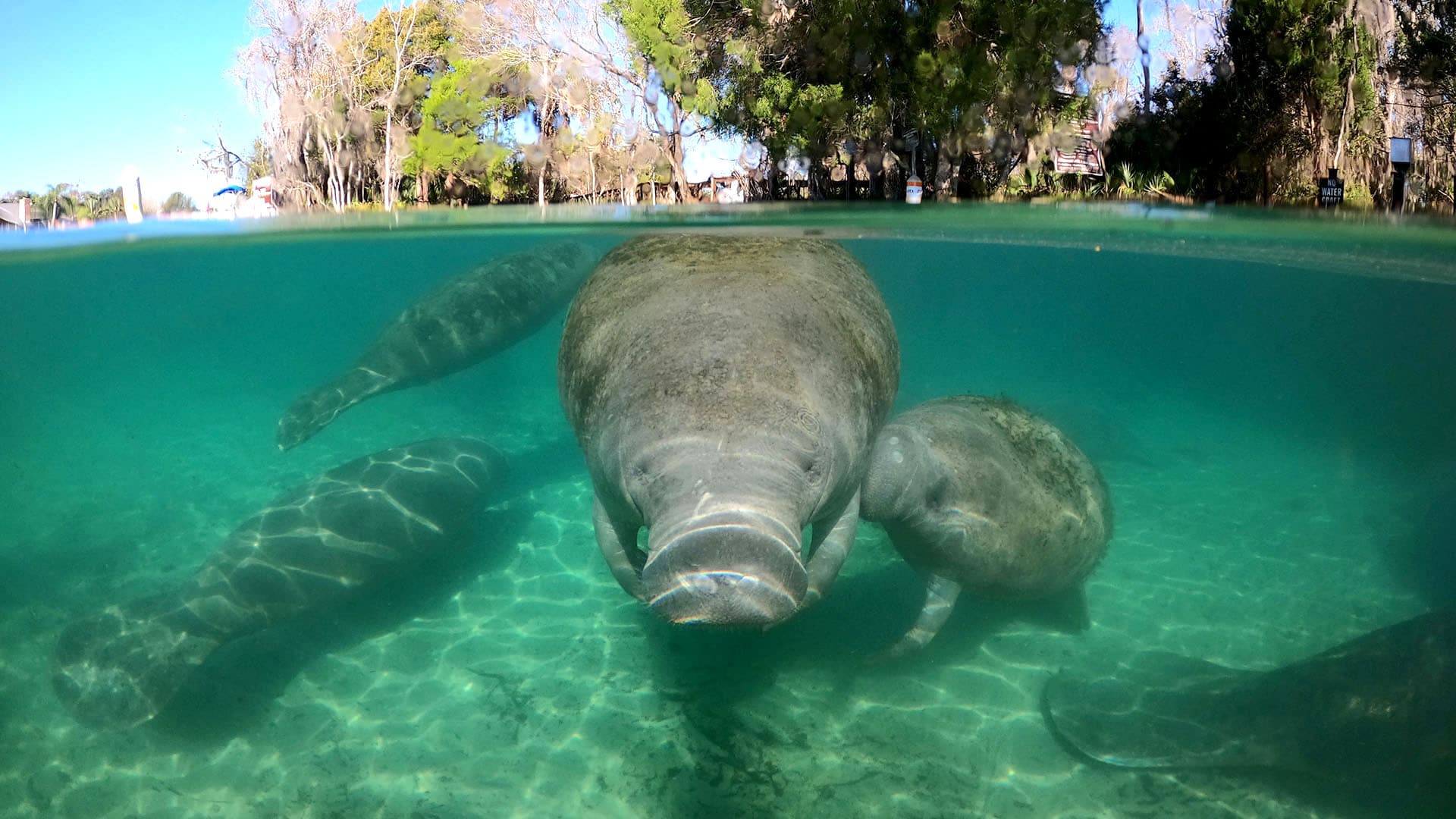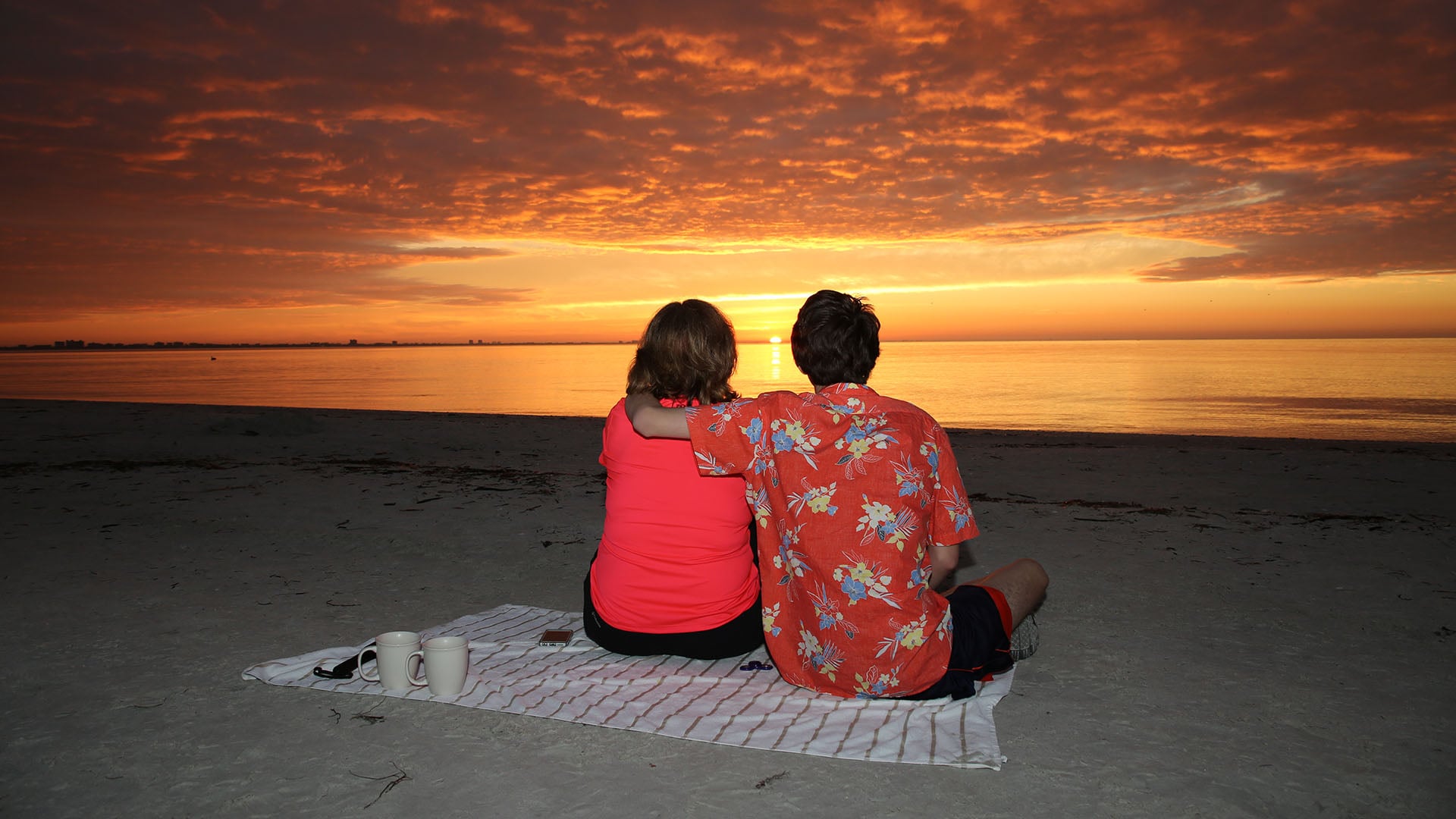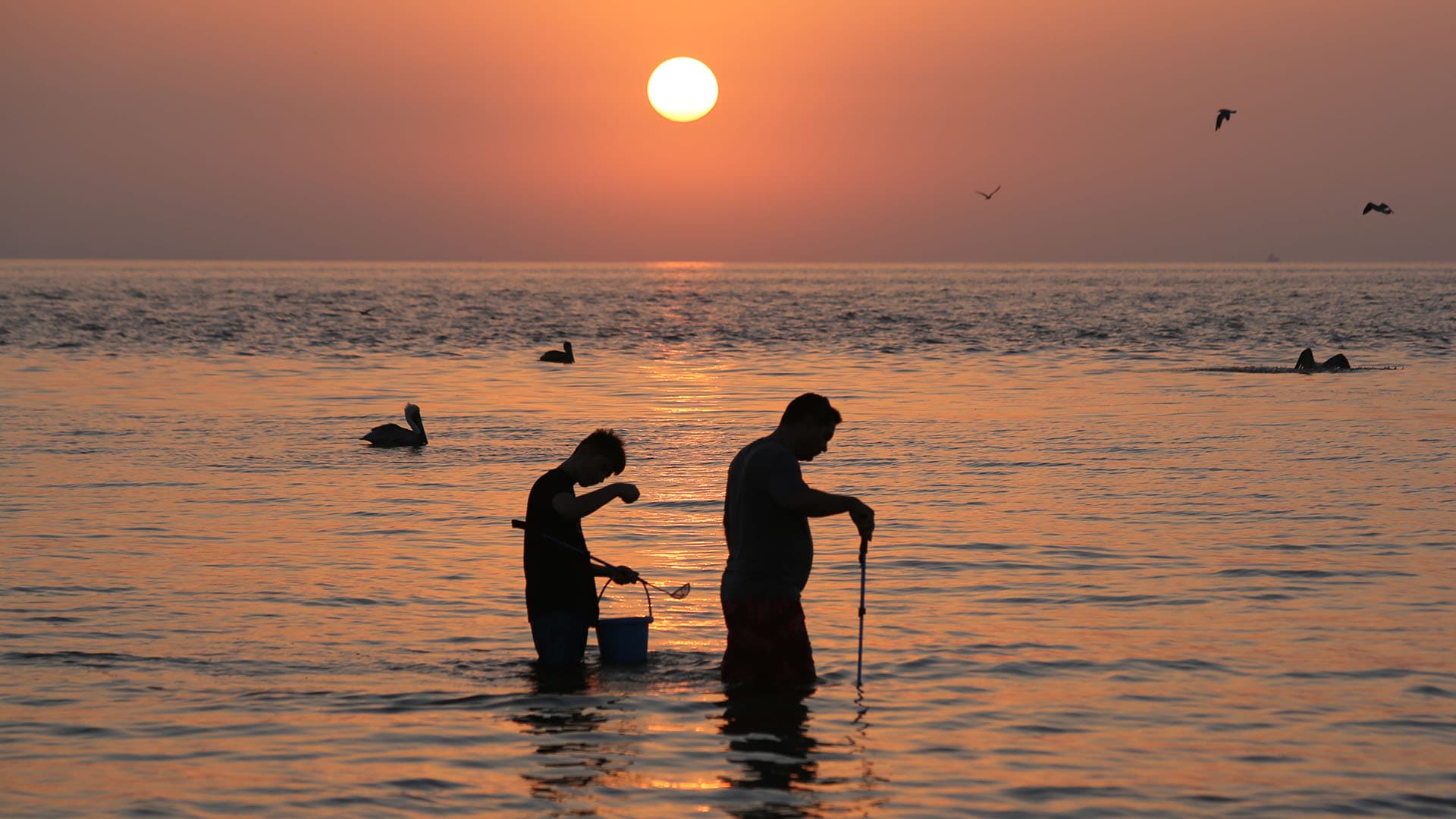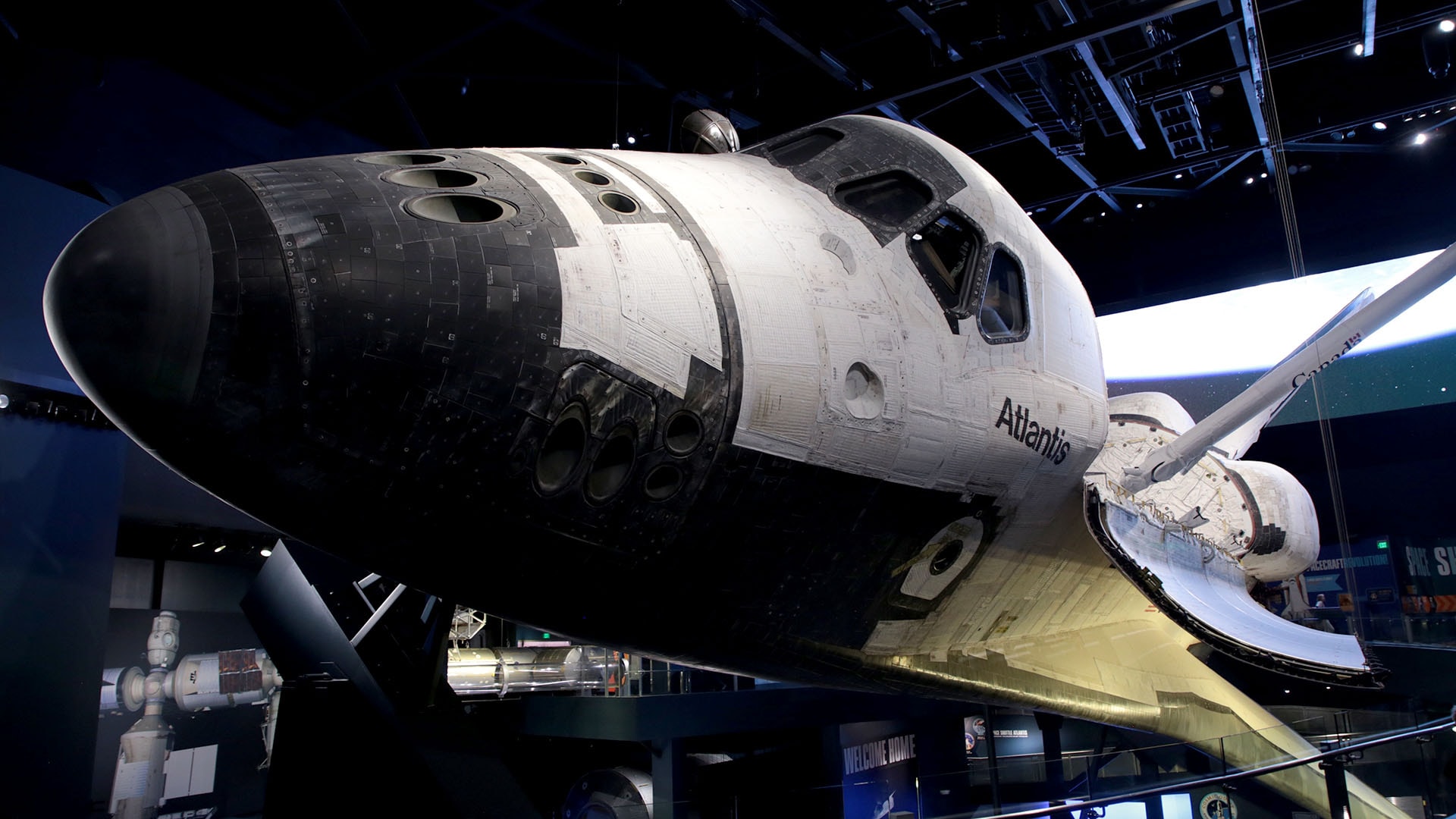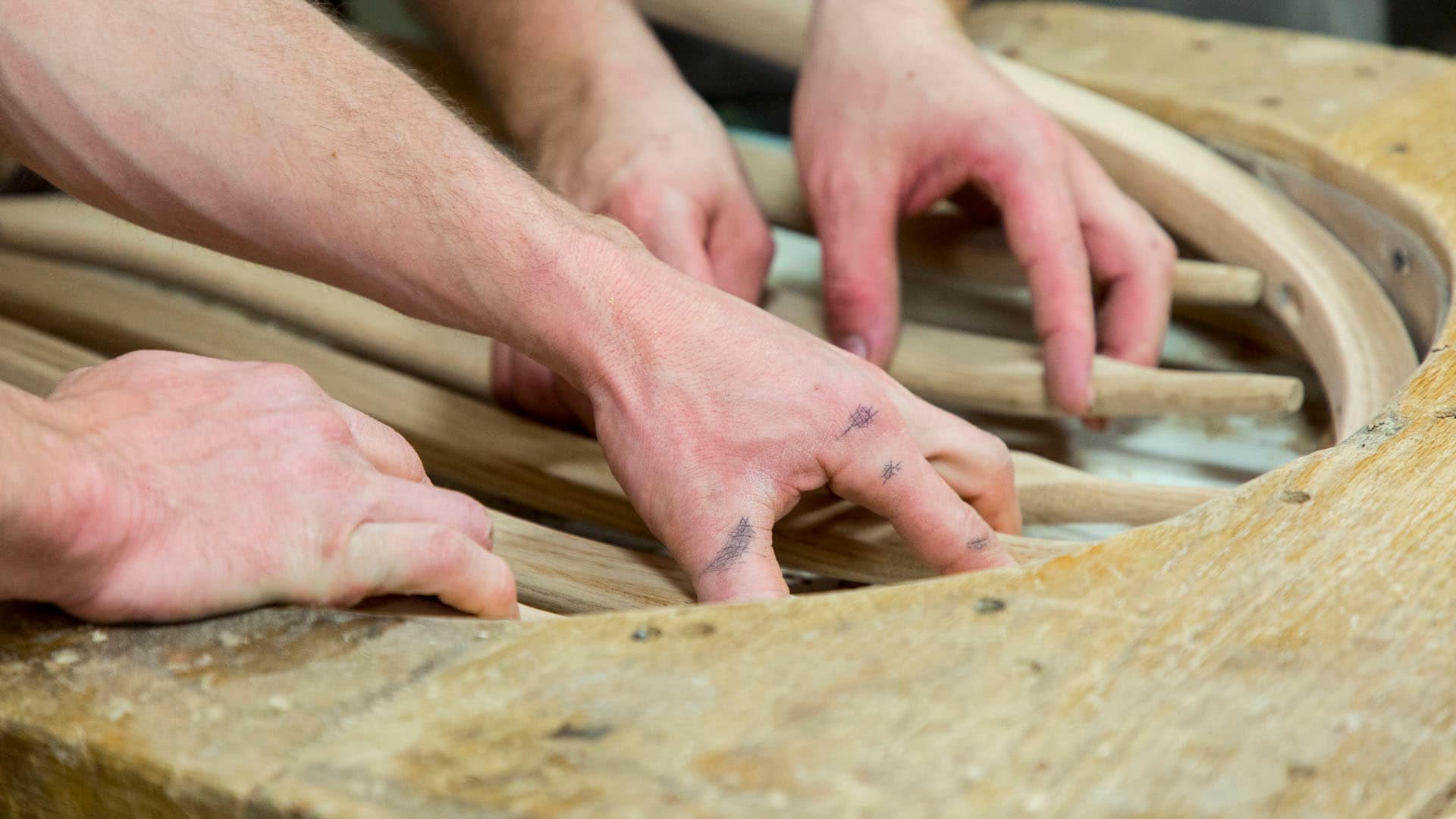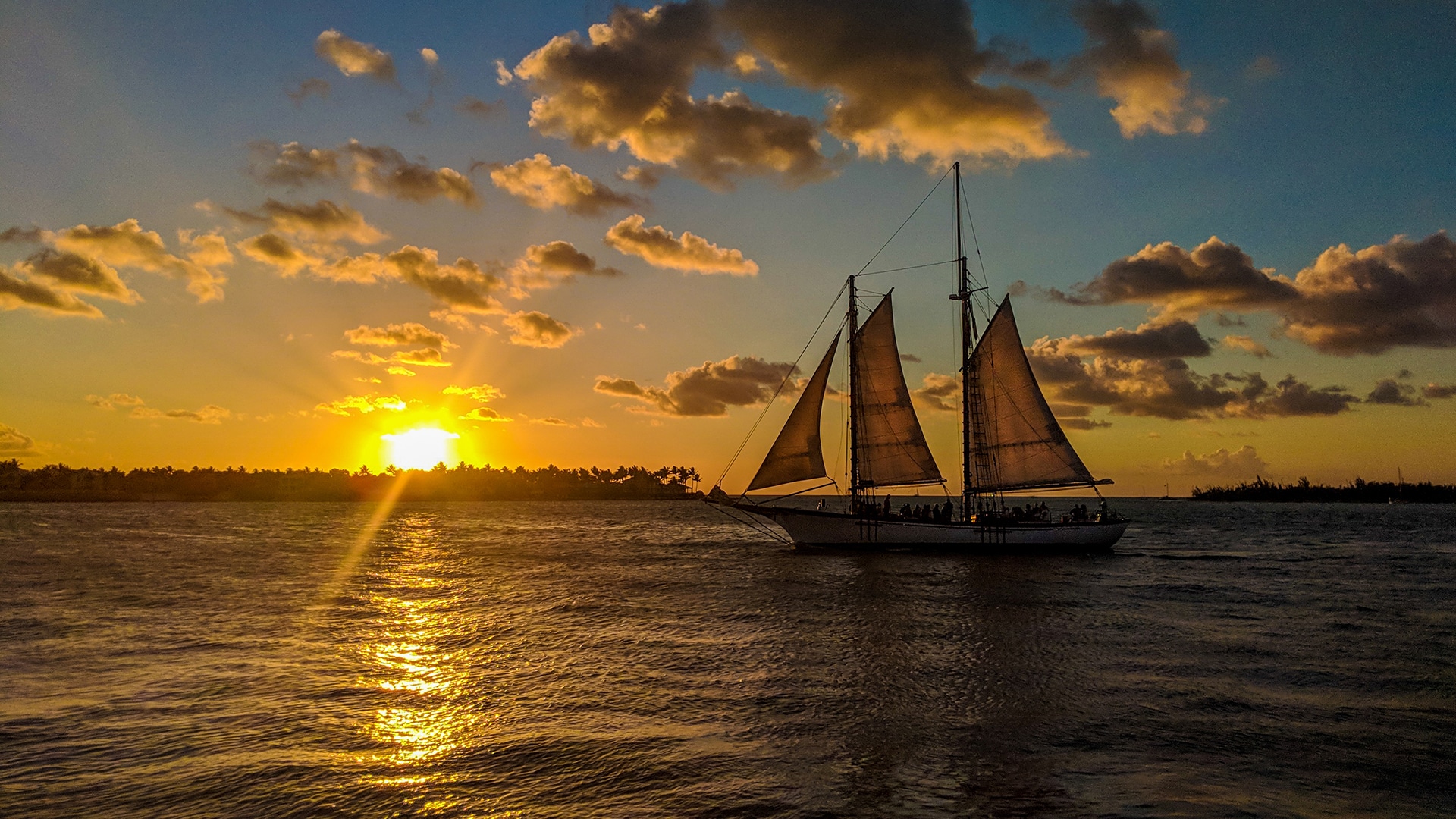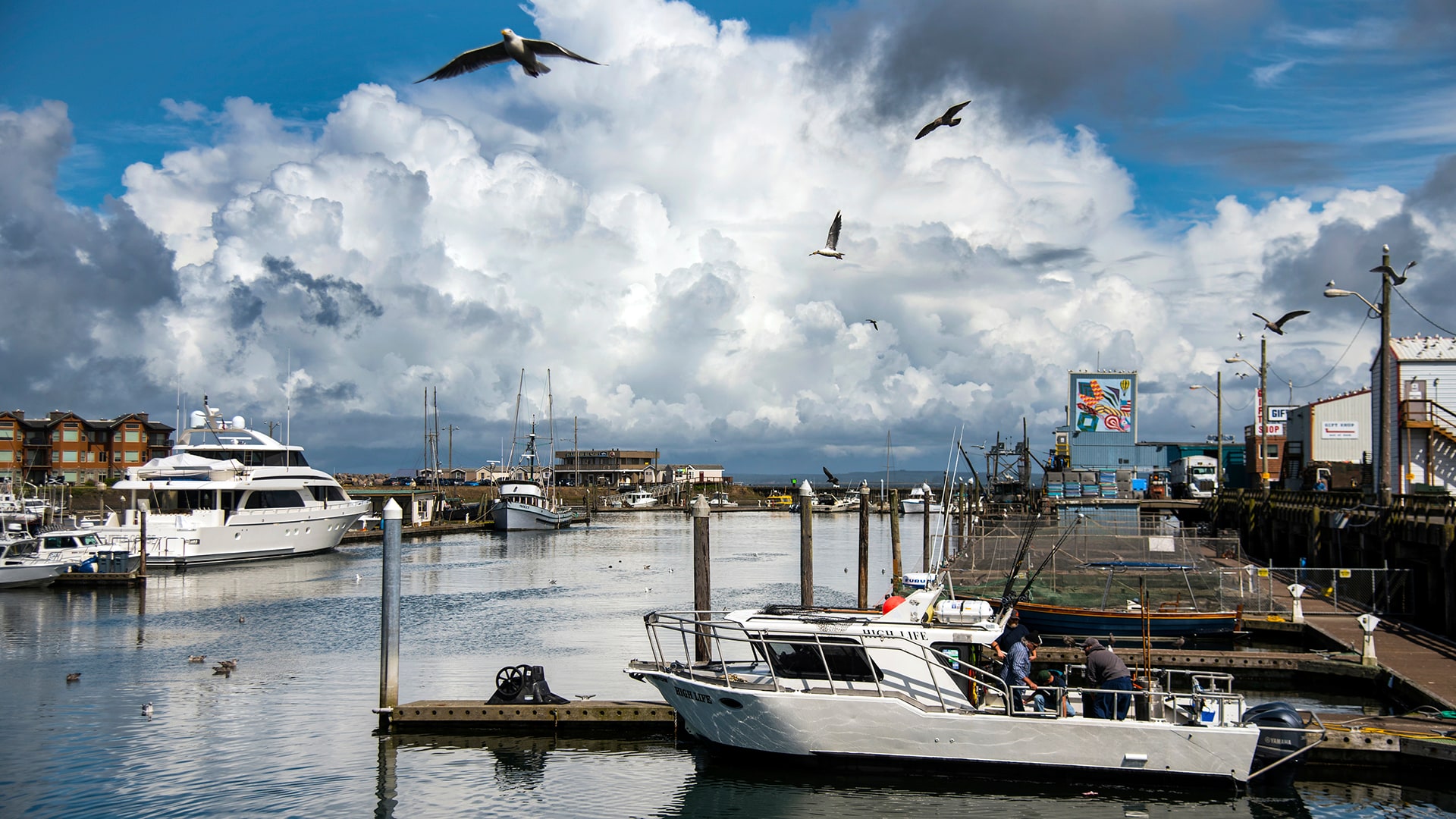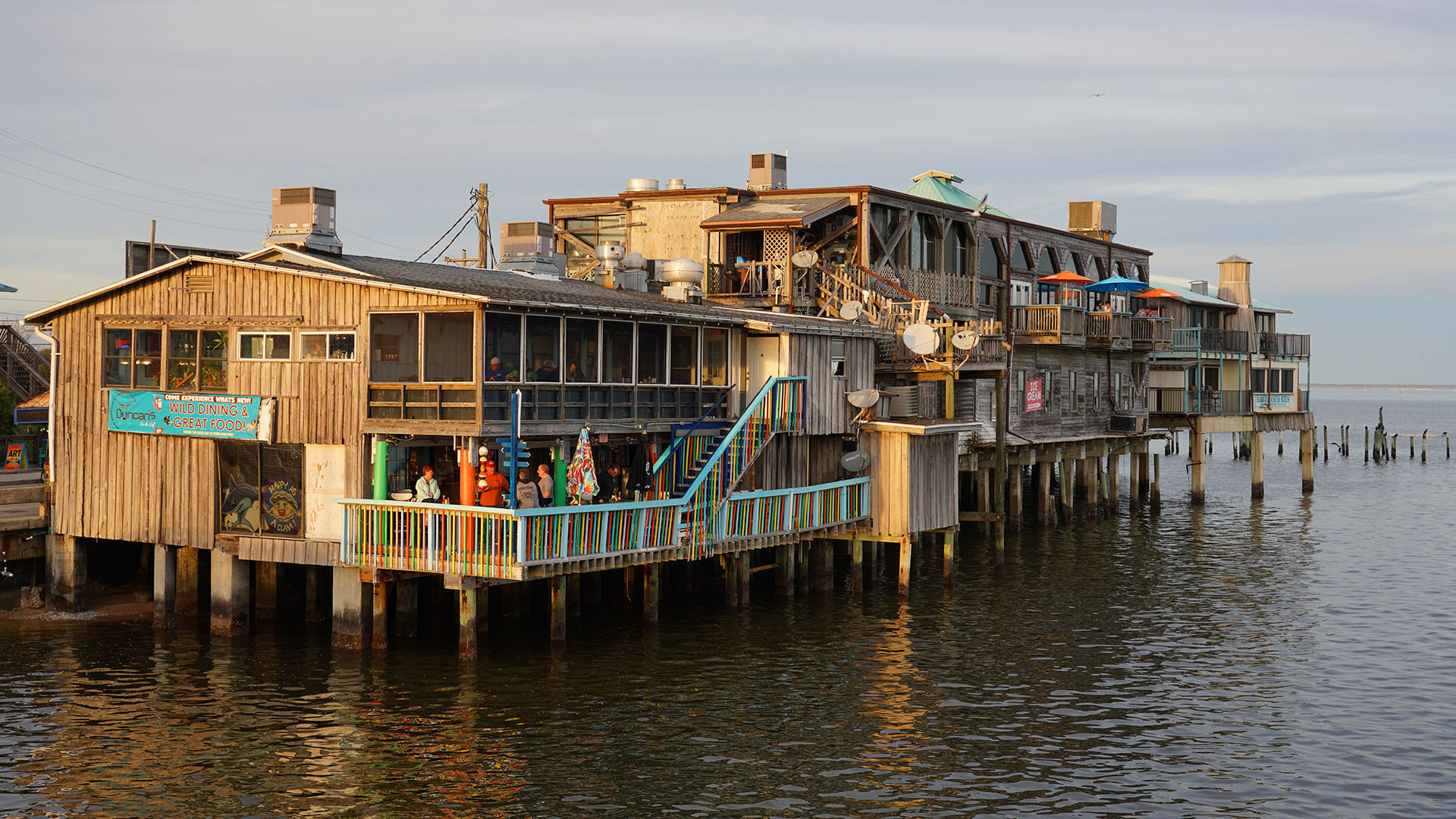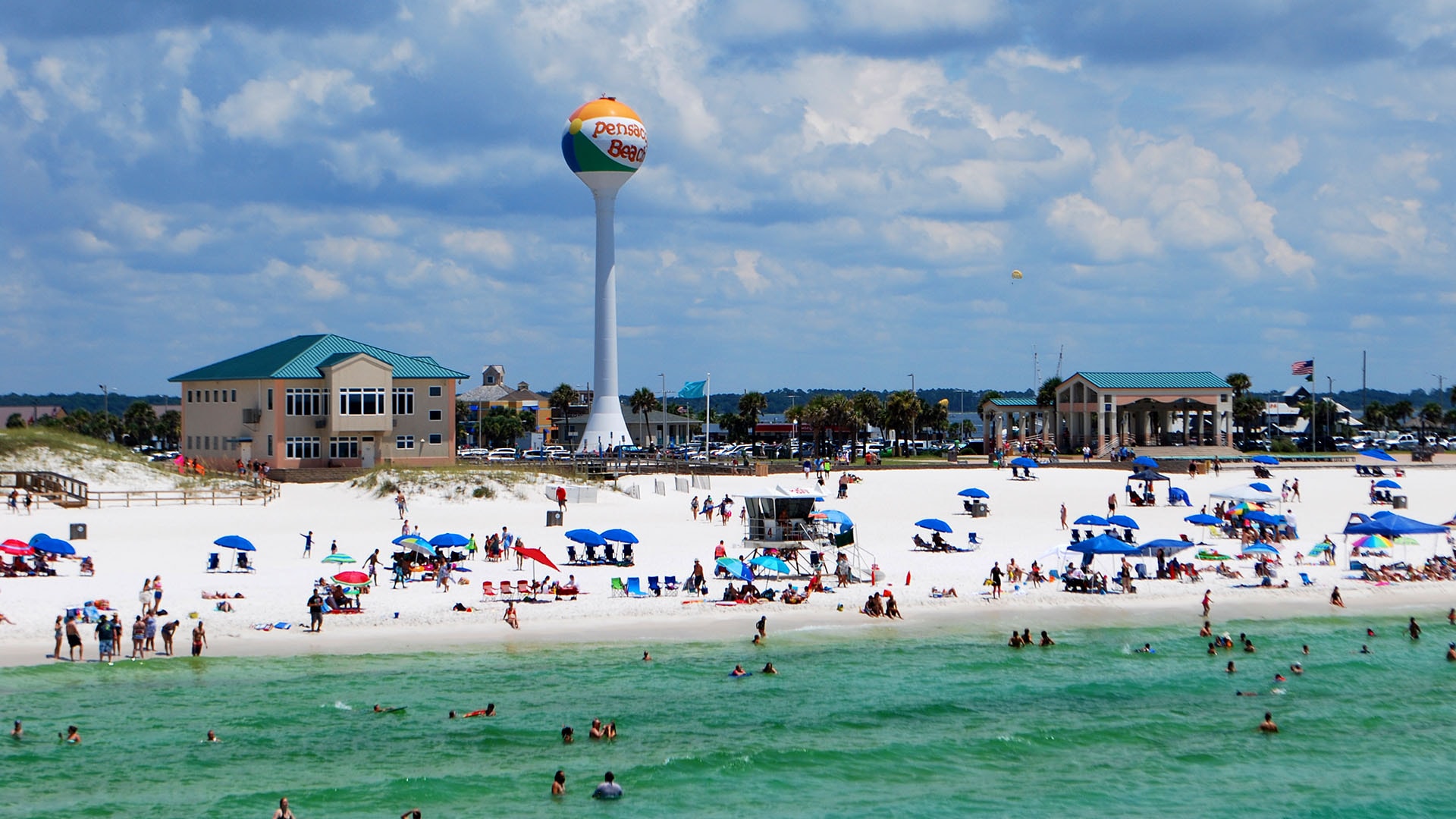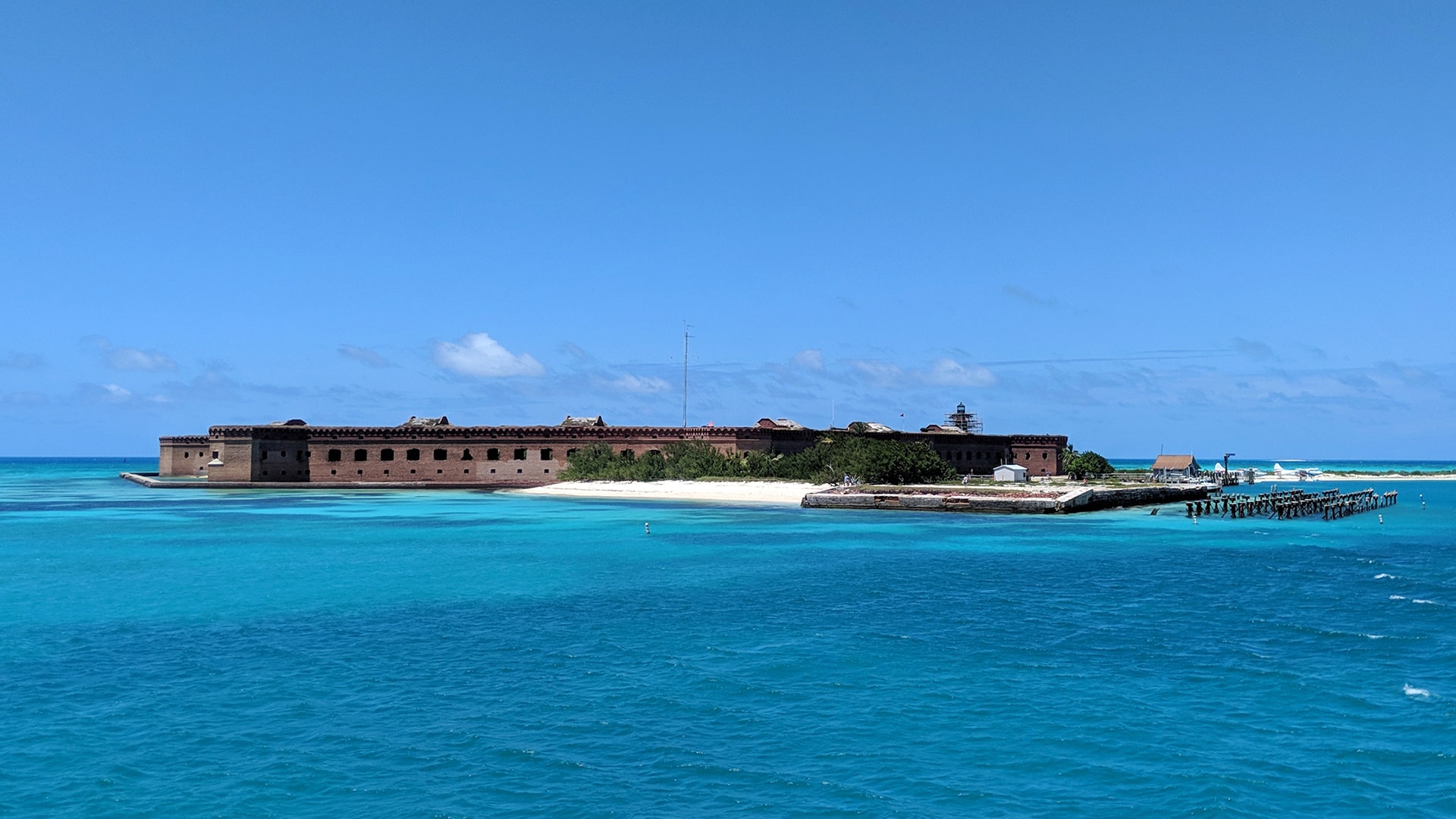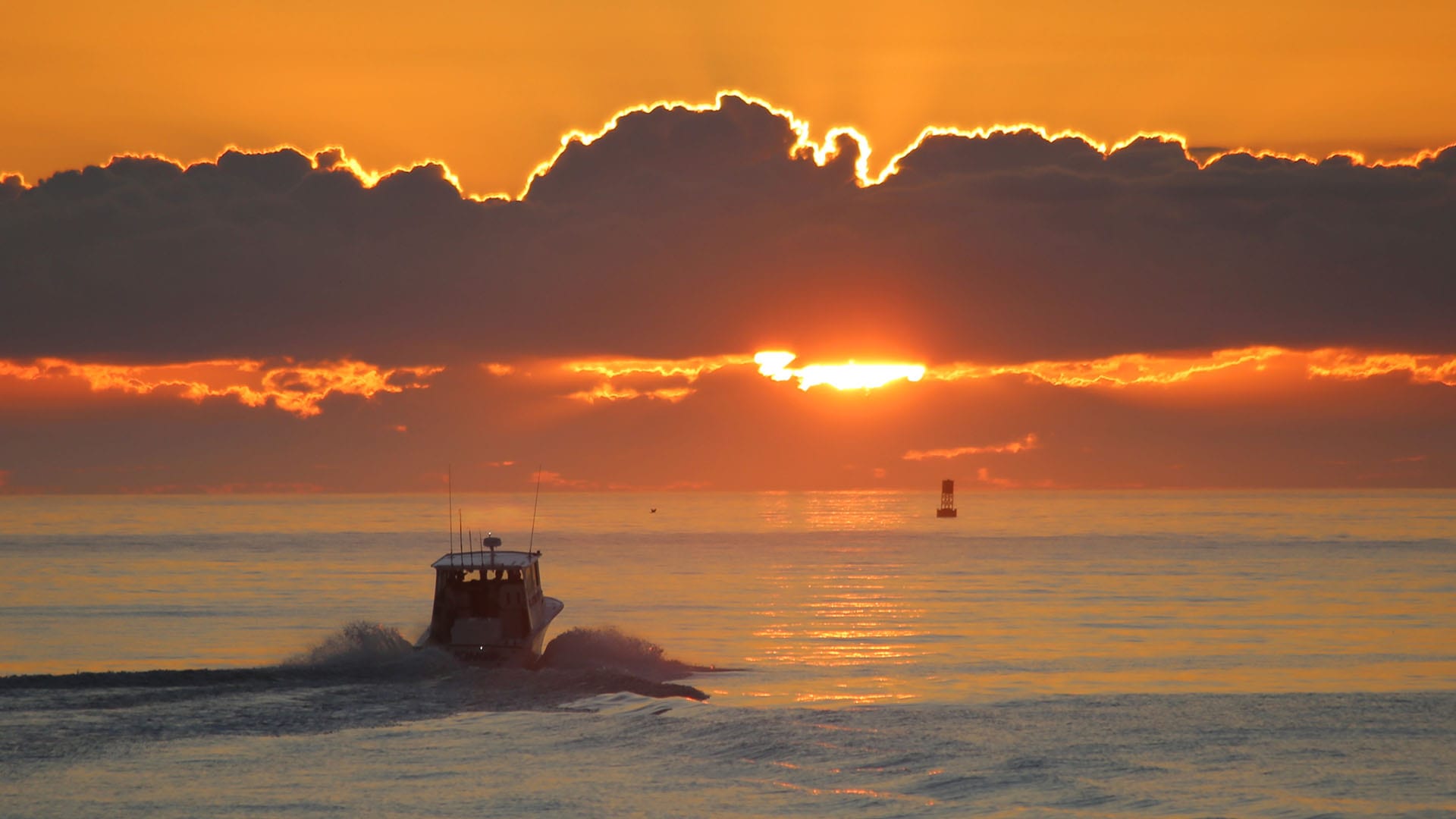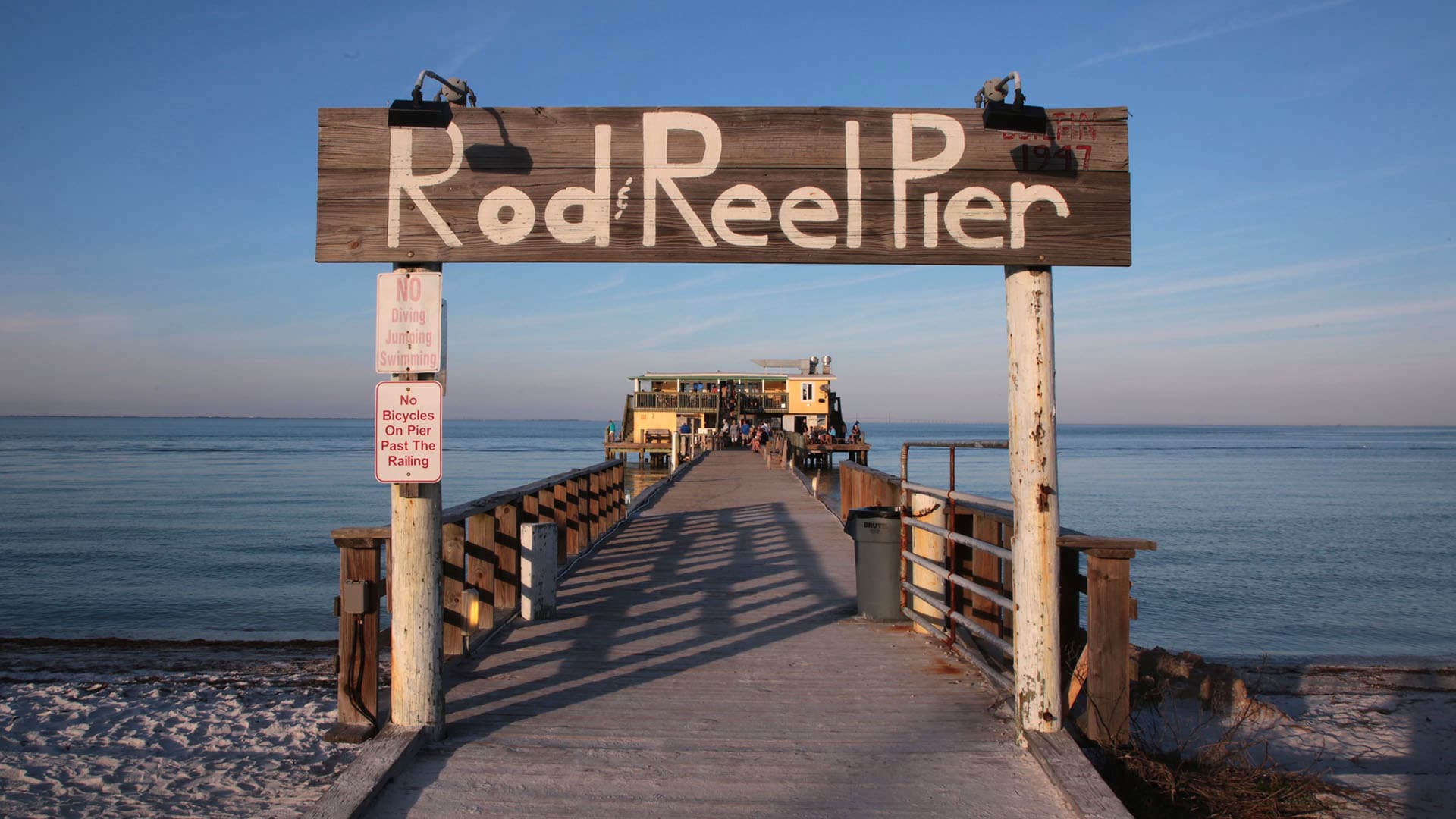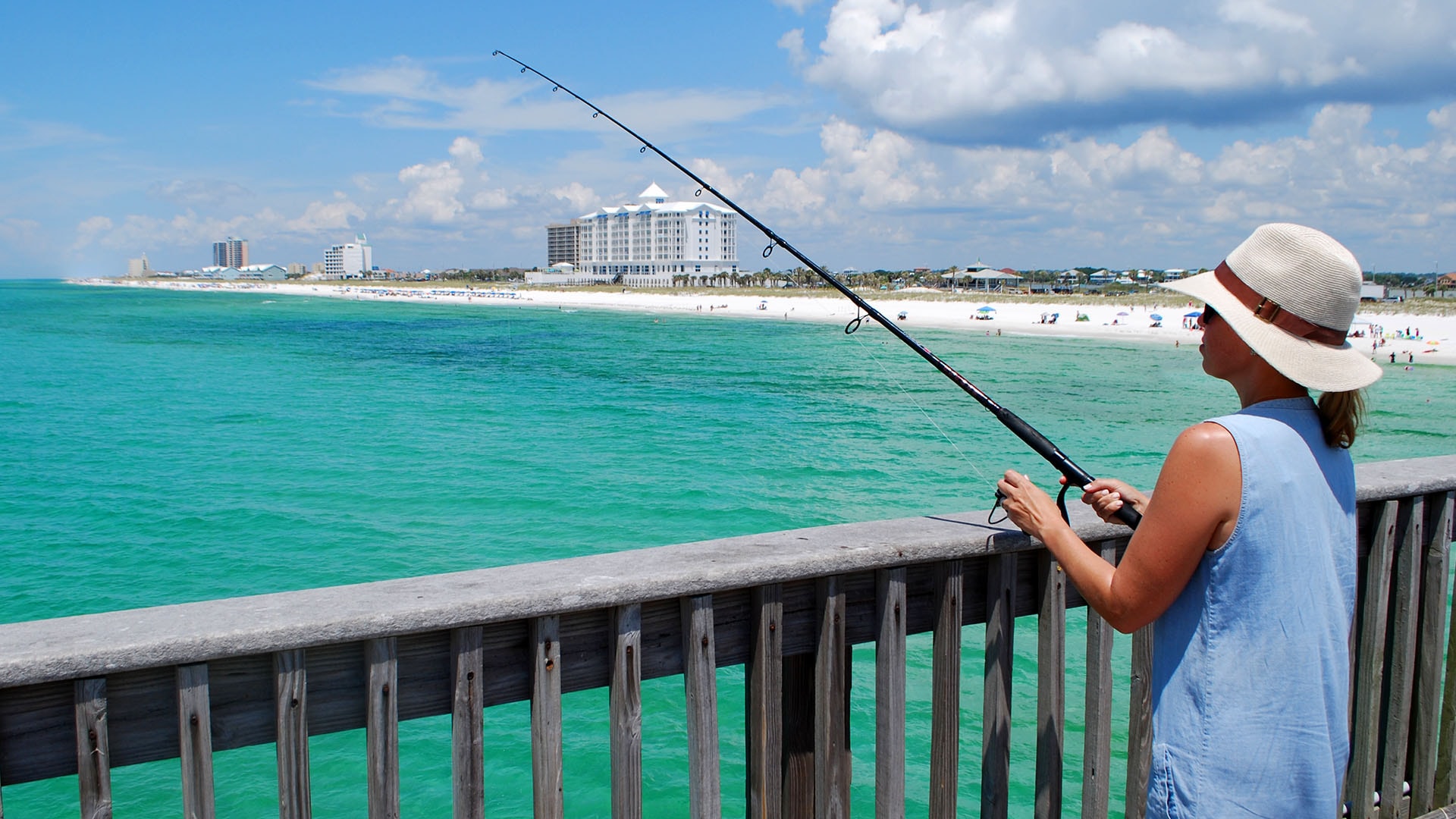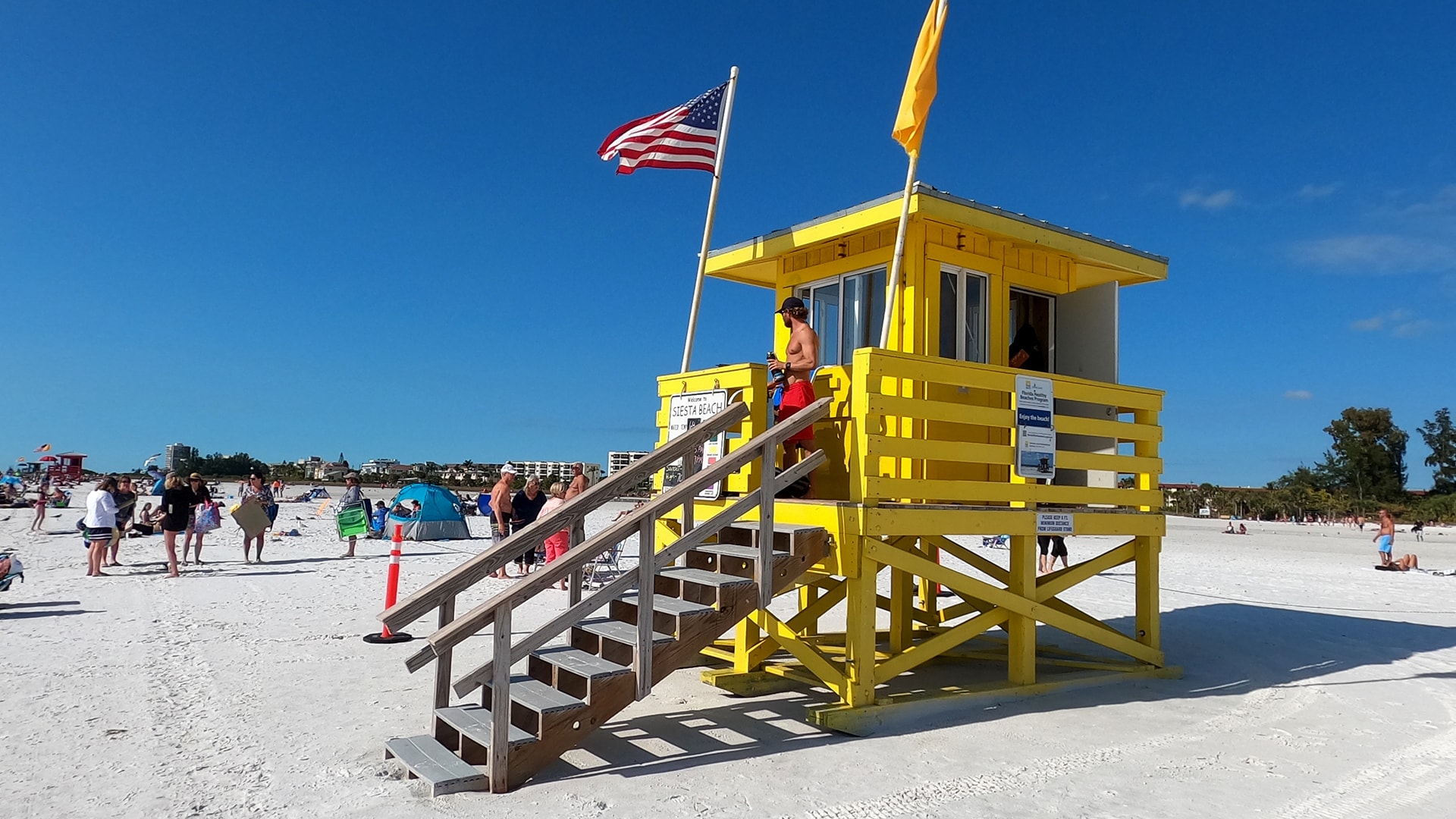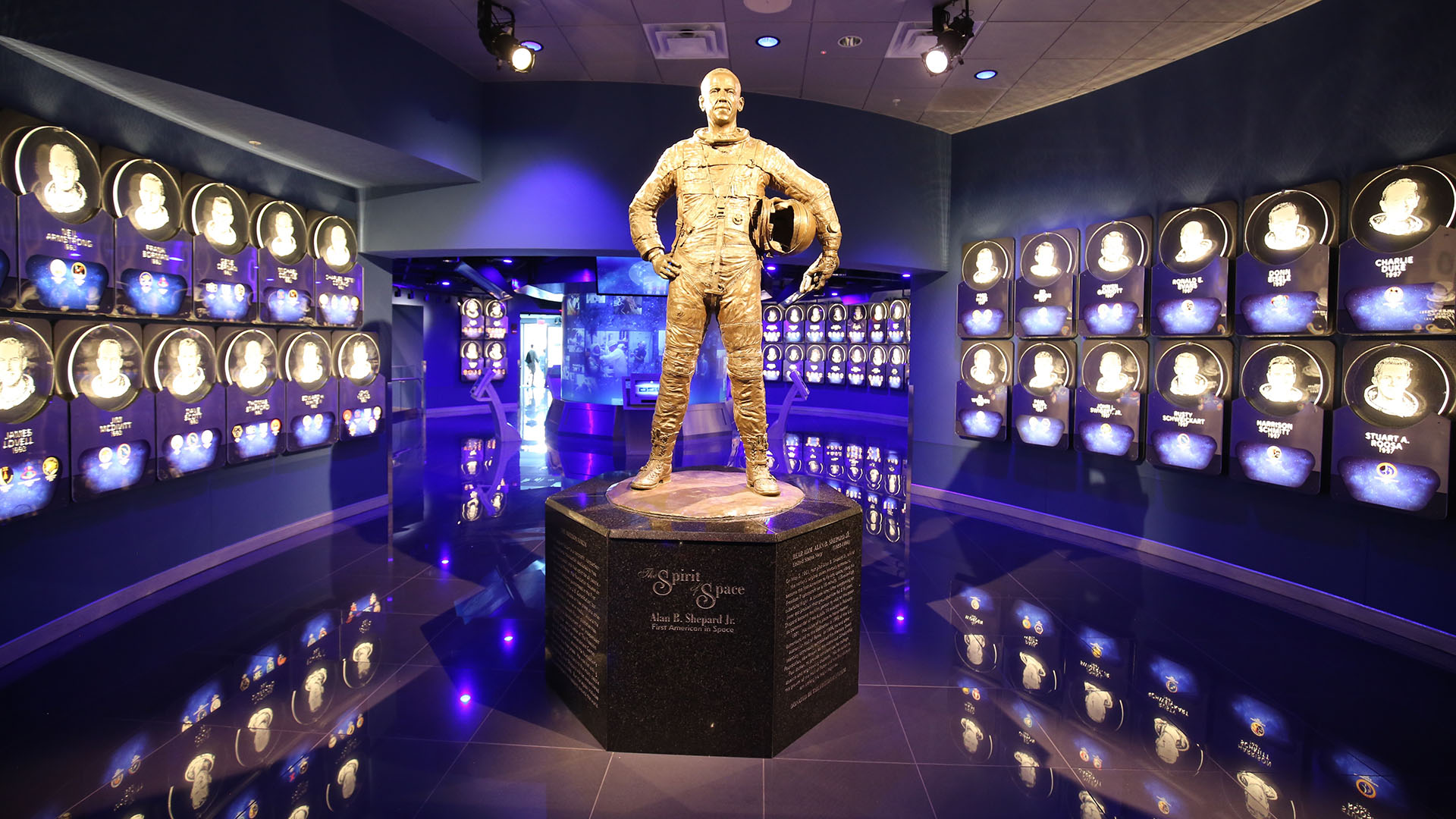Sanibel’s Great Scavenger Hunt
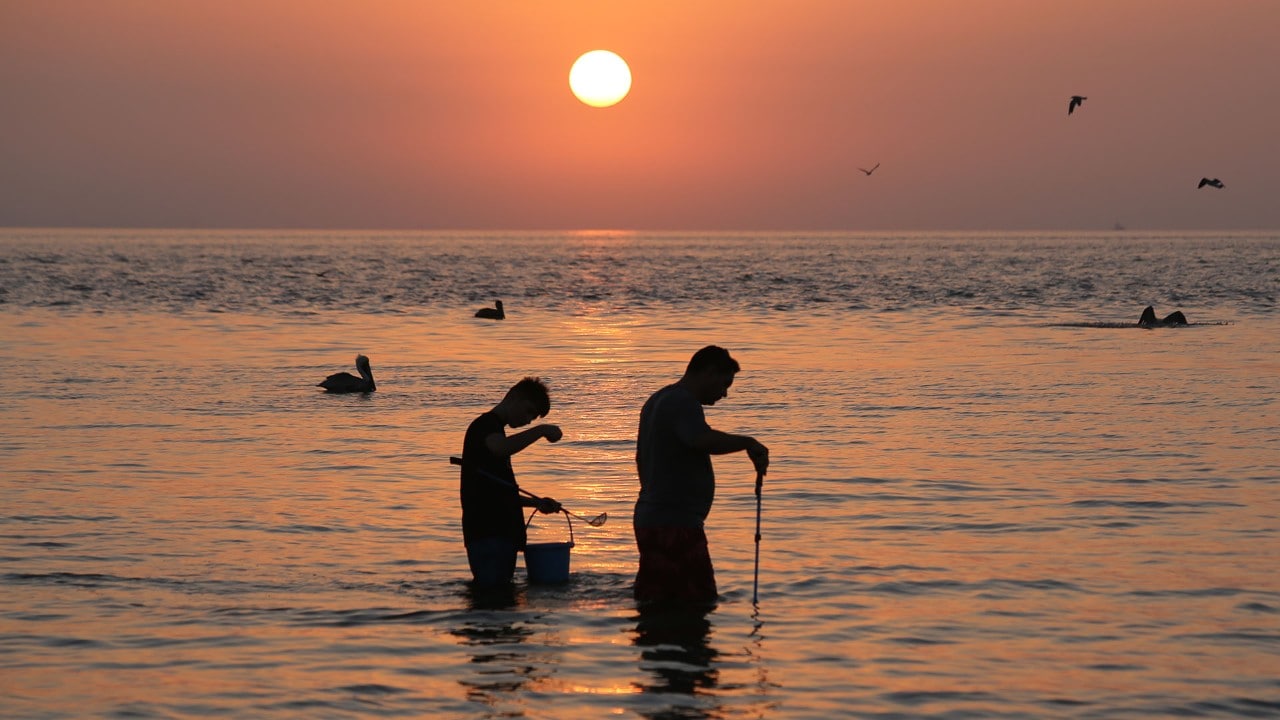
Shellers search in the water as the sun rises at Lighthouse Beach.
Story and photos by Charles Williams
Charles is the editor for Pursuits with Enterprise. Email the author.
Visitors come from around the world to find seashell treasure.
The sun wouldn’t rise for at least another hour.
But when I arrived at Lighthouse Beach, people already were returning with their trophies from the tide — bags of coveted seashells.
Game over. You might say I was shell-shocked.
Who were these flashlight-toting folk who ignored the sanctity of sleep? The beachcombers on Sanibel Island, Florida, might not always look competitive, but when you’re competing in the championship game of shelling, winning is everything.
Sanibel and its neighbor Captiva have some of the world’s best beaches for shelling. The barrier islands lie off Florida’s west coast in the Gulf of Mexico, conveniently connected by causeway to Fort Myers. Sanibel’s unusual east-west orientation allows gentle waves to deliver over 450 species of unbroken shells by the bucketload. To pick up all those shells, people bend over for hours doing what’s known as the “Sanibel Stoop" or “Captiva Crouch."
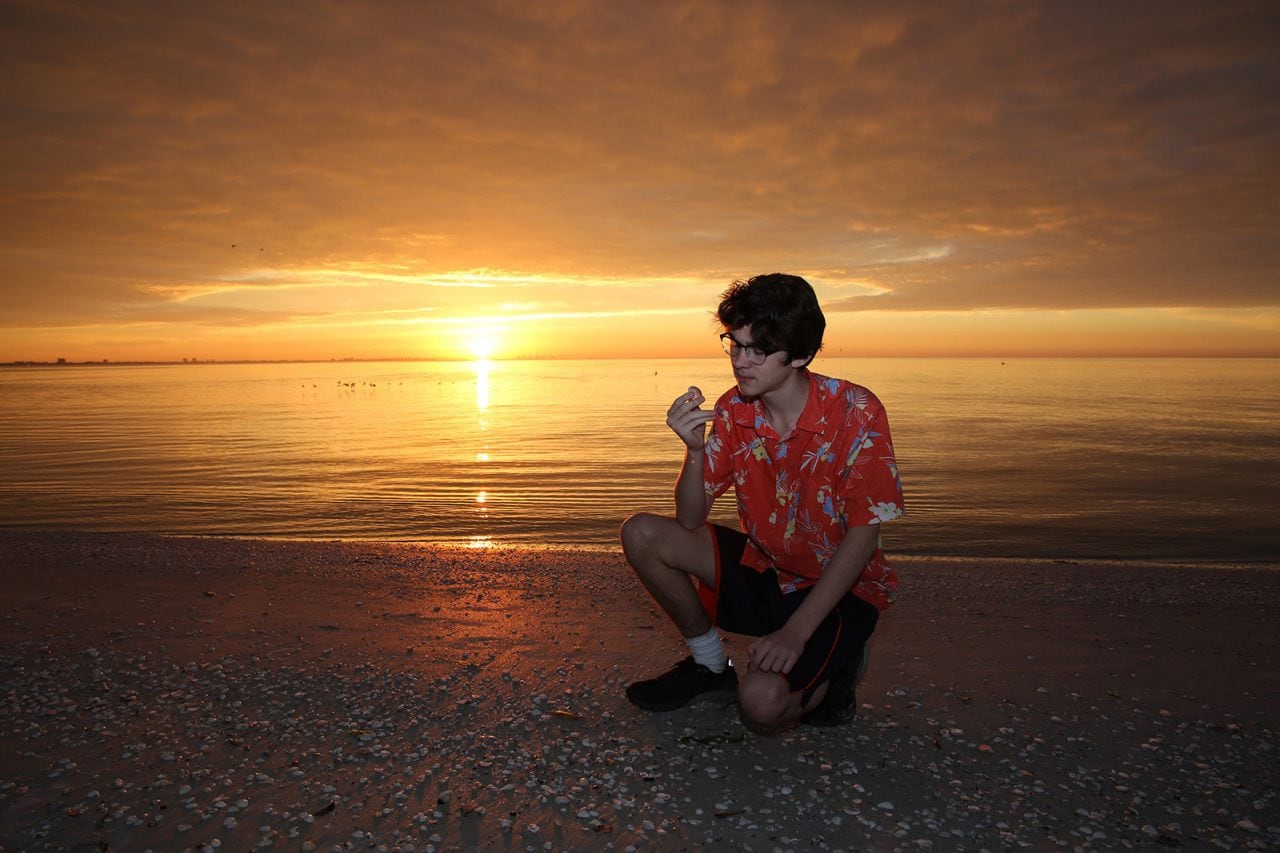
Searching for shells at sunrise
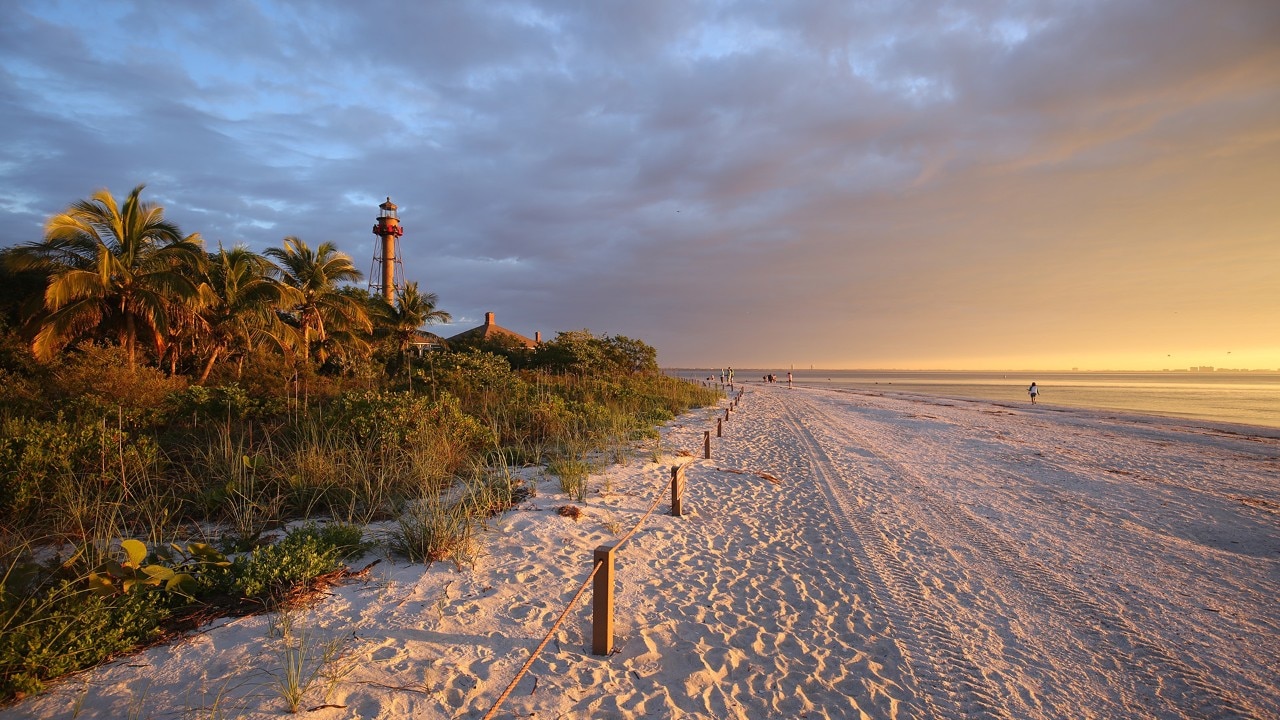
Lighthouse Beach
Shelling Is a "Chosen Sport’"
But I hadn’t come to Sanibel for just any beach bling — I wanted a brown speckled junonia. The name sounds ominous and conjures up visions of a hairy spider or venomous snake. But it’s just a shell, and not a very big one at that.
On Sanibel, though, it’s no ordinary shell. The brown speckled junonia is a treasured find, one that lands your photograph in the local newspaper. Discovering one might be a once-in-a-lifetime event.
After searching at Lighthouse Beach, I tried other popular spots — Bowman’s Beach, Turner Beach, Captiva Beach — and quickly realized that when it came to seashells, I didn’t know my kitten’s paw from my coquina. Who was I kidding? I live in landlocked St. Louis, where the only shell I know is a gas station. So, I prepared myself for the challenge.
I read the popular iloveshelling blog and scoured the internet for advice. I learned to study tide charts, moon phases, water currents and wind direction. Would this be a vacation or a military operation, I wondered?
The more I researched, the more I became obsessed with finding a junonia. I was like a small child throwing a tantrum; I wanted it just because I couldn’t have it.
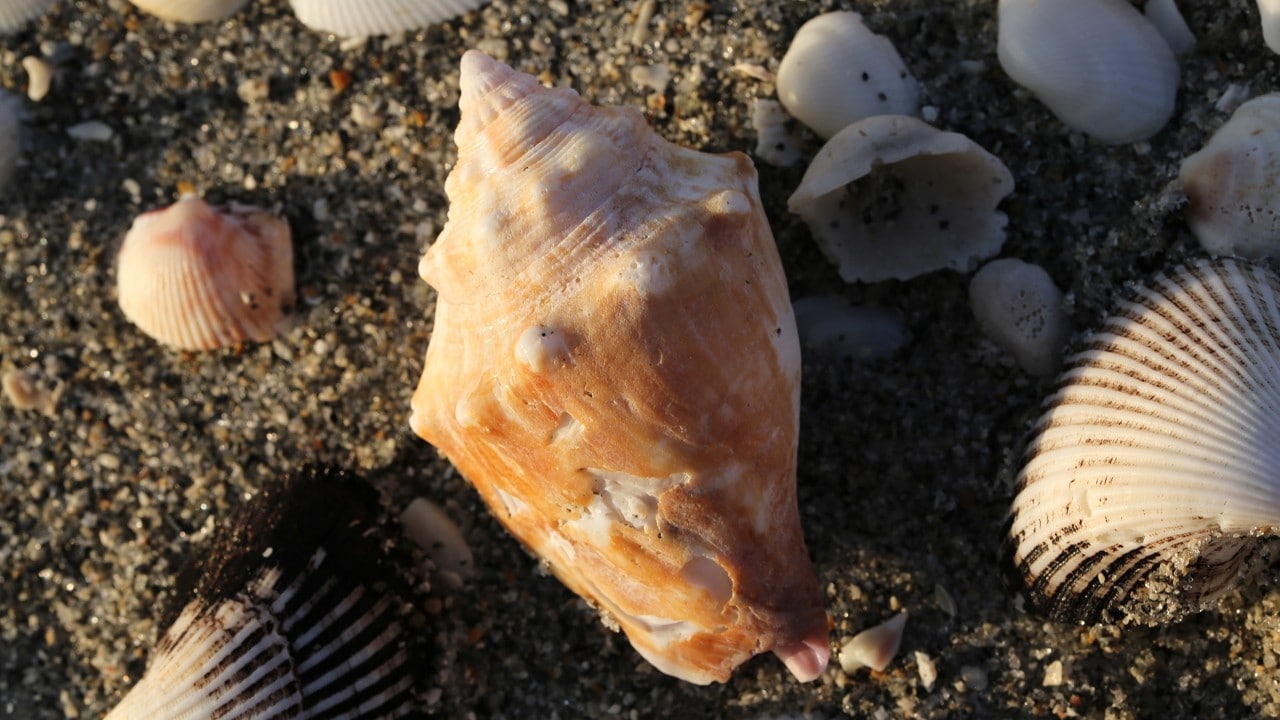
Shells on Turner Beach
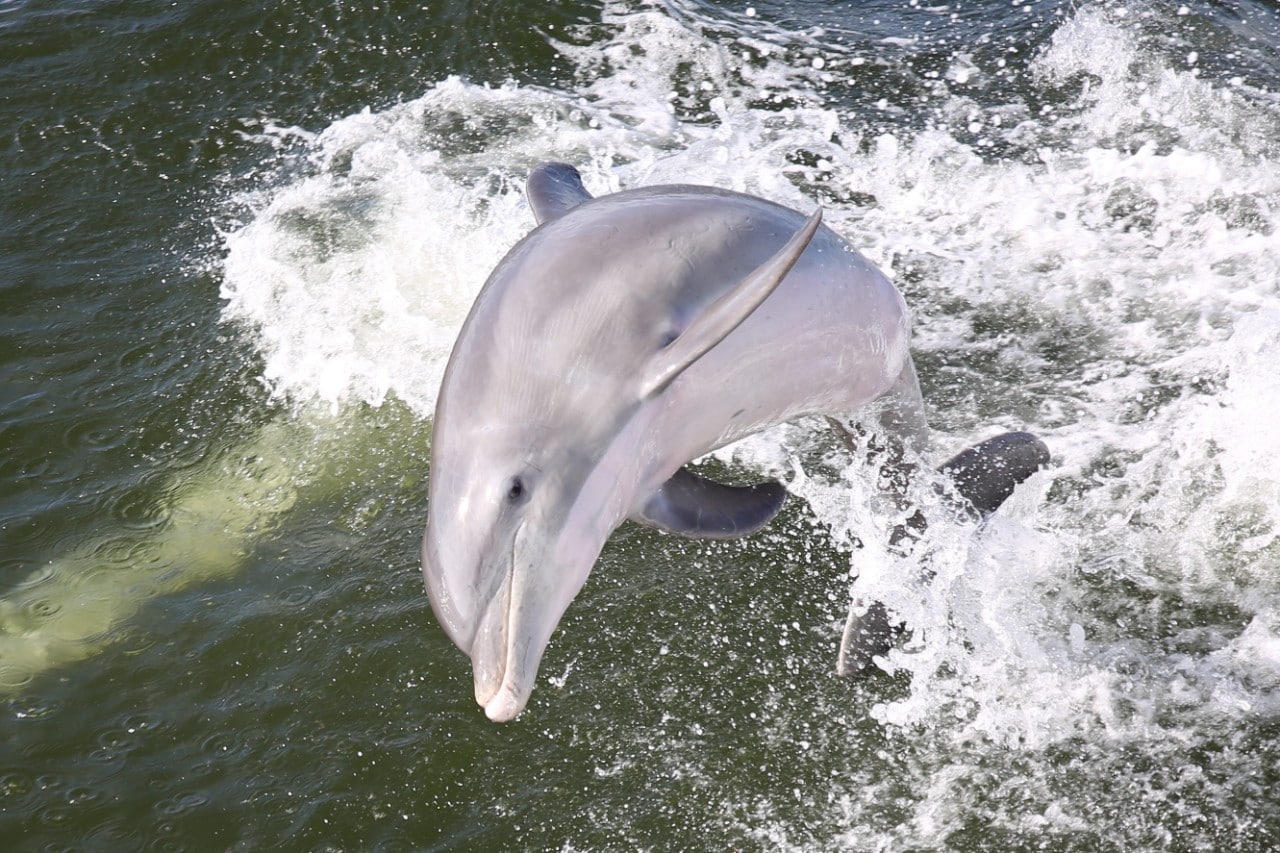
A dolphin jumps in the wake of a boat operated by Captiva Cruises.
Upping a Newcomer’s Game
On the beaches I visited, I realized that serious shell seekers are determined athletes, and shelling is their chosen sport. Since I was a visitor, they obviously had home-field advantage.
If I was going to compete with these local experts, I had to get my head in the game. I turned to the Bailey-Matthews National Shell Museum and Dr. Jose H. Leal.
Dr. Leal, the Science Director and Curator, has been working at the shell museum for 22 years and has a Ph.D. in marine biology. If anybody could help me, he could.
“Junonias are not a dime a dozen — hence the mystique of them, the holy grail if you will,” he said.
Dr. Leal taught me that junonias are a type of mollusk, specifically a gastropod. The animal and the shell grow together, and when the animal dies, only its calcium carbonate shell remains.
Live junonias are found in water beginning around 80 feet and about 100 miles offshore — so their shells travel a long way, making them hard to find naturally washed up on a beach. They usually appear after strong winter storms churn the Gulf of Mexico. When this happens, Blind Pass Beach on Sanibel is a great place to look because shells can pile up four feet thick. “Either you find them in the water or you find them buried in those very thick piles of shells,” he said.
It was December so my timing was perfect. I only had one problem: blue skies.
But what about a secret place to search? Cayo Costa State Park was a nearby island and only accessible by boat. “You have as many shells as Sanibel, but you have less people,” he said. “So the odds are in your favor once you get there.”
The advice reminded me of baseball’s greatest place hitter, Willie Keeler, who once said, “Hit ‘em where they ain’t!” The logic seemed sound. I figured I’d just find ‘em where they ain’t. I immediately booked a boat with Captiva Cruises.
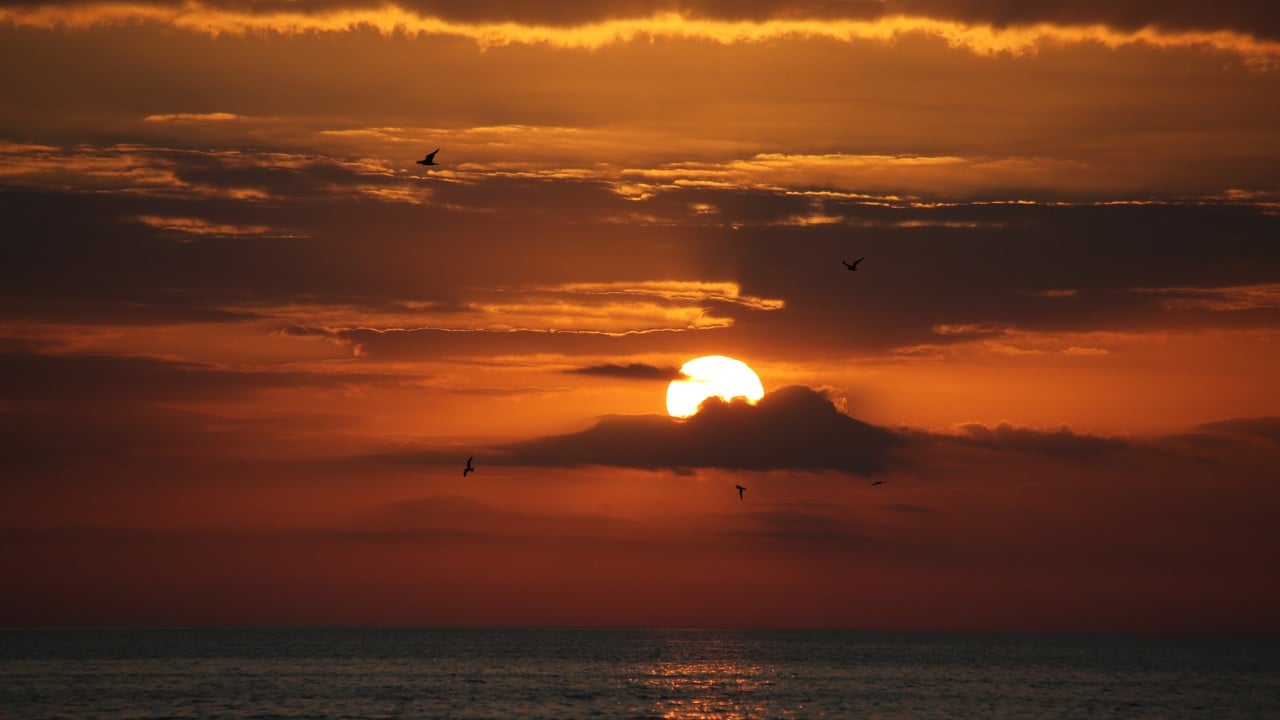
The sun sets at Turner Beach.
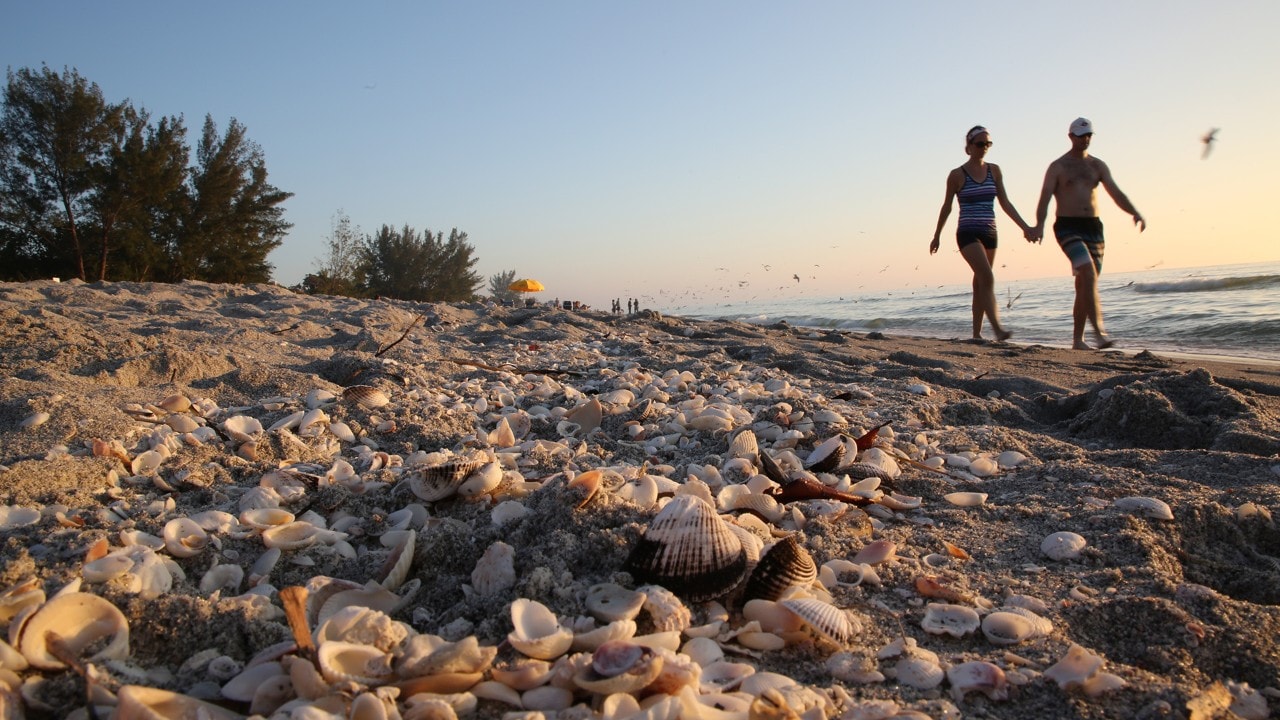
A couple walks along Captiva Beach.
Holding That Prized Shell
Cayo Costa State Park features pine forests, mangrove swamps and 9 miles of pristine beaches. Sure enough, hardly anyone was there. I dug through shell piles and discovered several interesting varieties — Florida fighting conchs, Southern surf clams, Atlantic calico scallops — but no junonias.
When I returned to the boat, I confessed my failure to the captain. Surprisingly, he asked if I wanted to see a brown speckled junonia and promptly retrieved one from his pocket.
He said he liked to help all the tourists get back on the boat and then act like they had just walked past it — a devilish act but one that made me laugh.
I held the beautiful shell, admiring its smooth tapering and pattern of brown dots. But something didn’t feel right. I hadn’t earned it.
If you really want a junonia, you can buy one for about $100. But the challenge of finding one isn’t about mere possession — it’s about the thrill of the hunt. And Sanibel and Captiva are beautiful sun-drenched places to hunt, where warm breezes, swaying palm trees and gorgeous sunsets quickly soothe any pangs of shelling disappointment.
When I was at the Shell Museum, I met Bubby Howell who gives informative live tank lectures about mollusks. She recounted a story about a woman who sat next to her on a pile of shells at Blind Pass Beach following a big storm. As the woman dug her hands through a newly washed up heap of shells — two brown speckled junonias fell out.
Howell simply laughed and added, “And I’ve been looking for 44 years for one.”
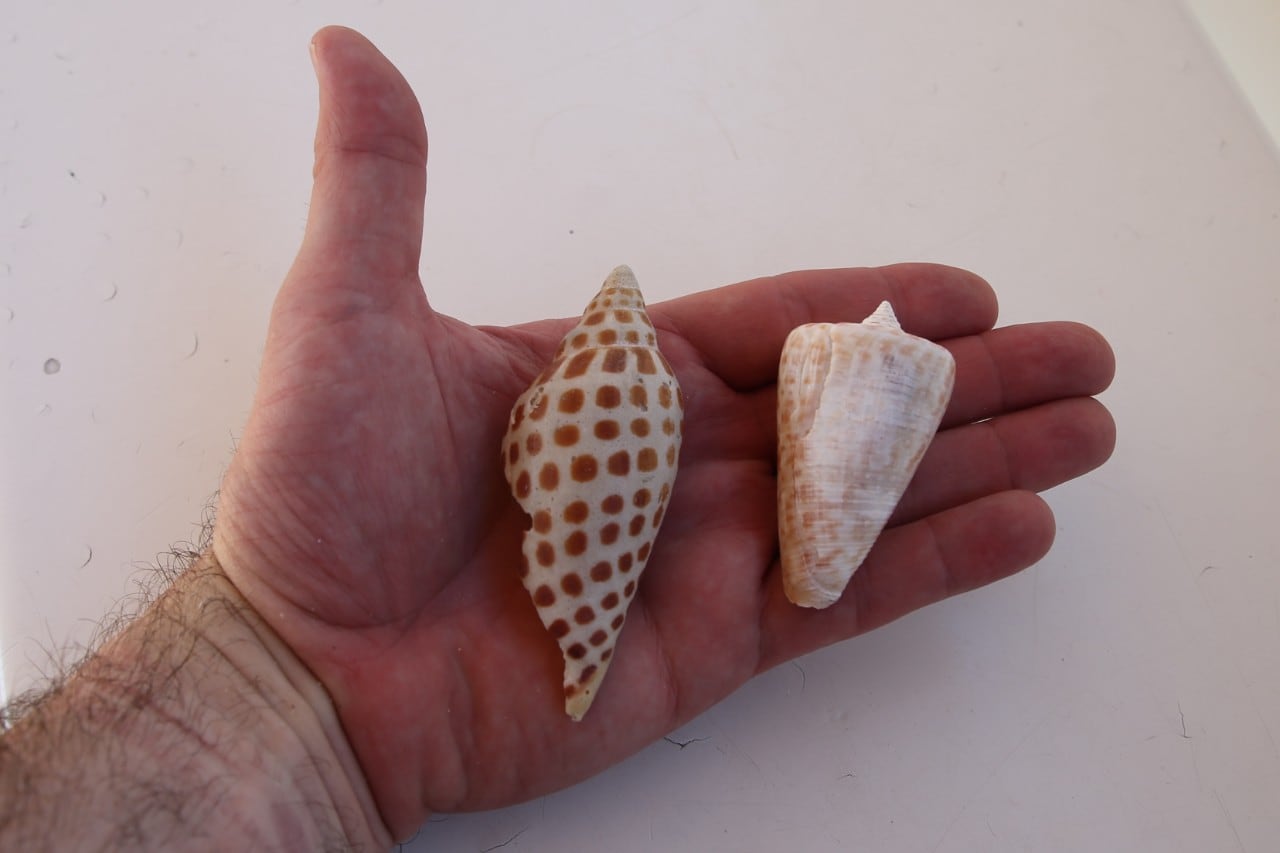
A prized junonia shell (left) and an alphabet cone shell.
Related
Read more stories about Florida.
- How and Where to Swim with Manatees in Florida
- Weekend Getaway Fun for Families in Sanibel, Florida
- Weekend Getaway for Shells in Sanibel, Florida
- Florida Trips
- Disney Florida Trips
- Kennedy Space Center Launches Memories
- Road Trip to see Amish Woodworking
- Take a Leisurely Drive Down to Key West
- Pacific Coast Highway - Washington and Oregon
- Florida Road Trip from Cedar Key to Sanibel
- Road Trip to Florida Beaches
- Day Trip to Dry Tortugas National Park
- Weekend Getaway to Florida's Space Coast
- Weekend Getaway to Anna Maria Island, Florida
- Road Trip for Florida Fishing
- Beaches Near Disney World
- Attractions Near Disney World

